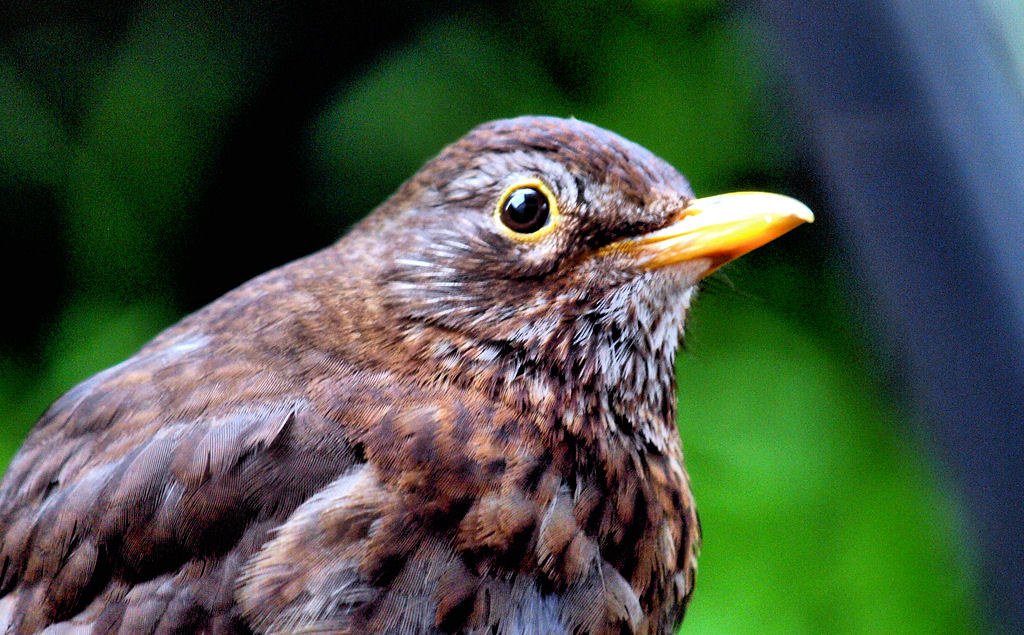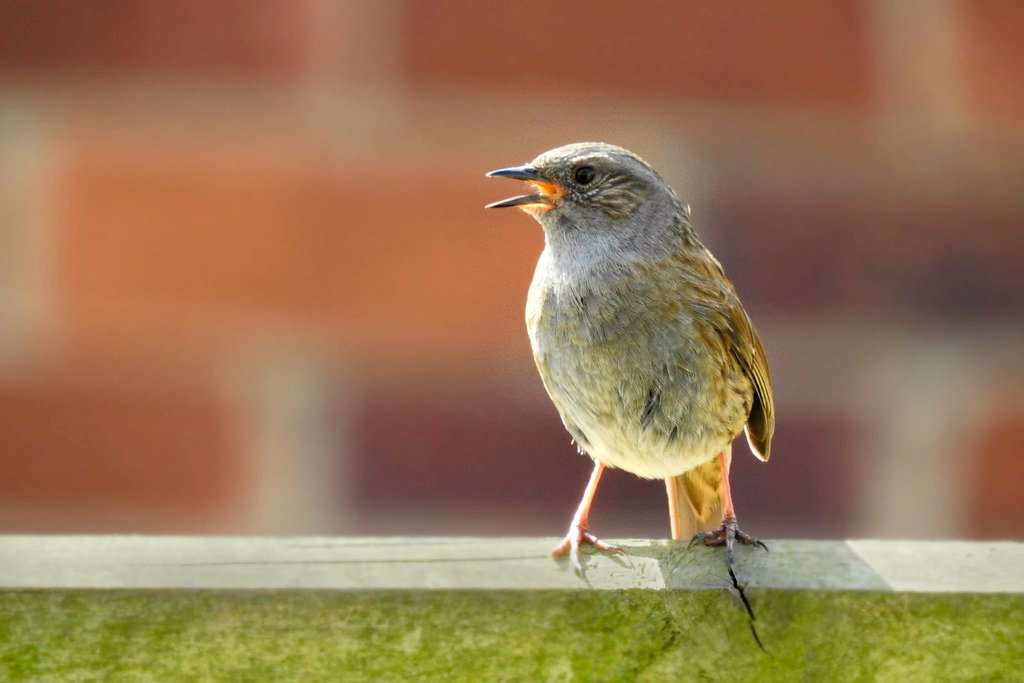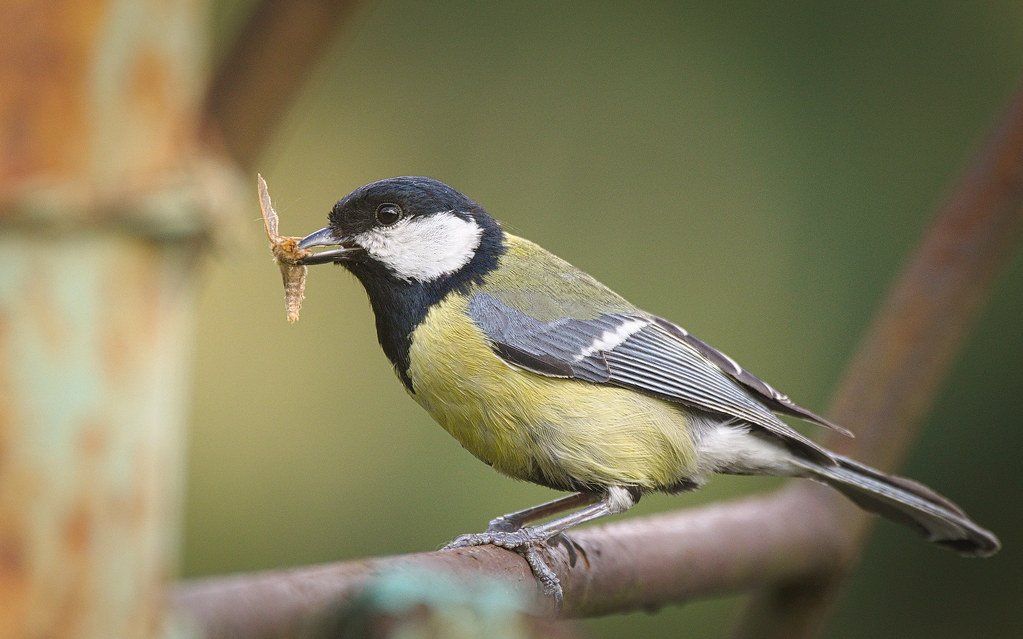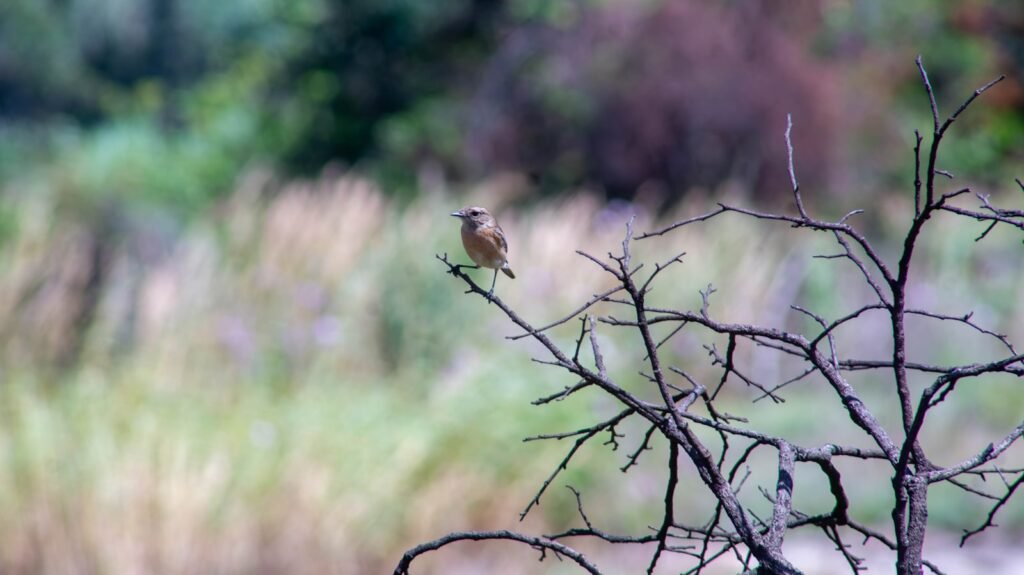Picture this: you’re lying in bed at 5 AM when suddenly the world outside erupts into a symphony. Birds are already awake, singing their hearts out while you’re desperately trying to catch a few more minutes of sleep. But here’s the thing – those feathered alarm clocks aren’t just being inconsiderate. They’re following ancient biological rhythms that govern their entire existence, rhythms so precise they’d make a Swiss watchmaker jealous.
Birds live in a world where light doesn’t just illuminate their surroundings; it literally controls their lives. Their songs aren’t random melodies but sophisticated communication systems that can mean the difference between finding a mate or going hungry. And their sleep patterns? They’re so intricate and perfectly timed that scientists are still discovering new secrets about how birds manage to function on what seems like impossible schedules.
The Dawn Chorus Mystery

The dawn chorus isn’t just beautiful background music – it’s one of nature’s most strategic performances. Birds start singing before sunrise because the air is still, sound travels farther, and there’s less competition from other noise sources. Think of it like having the world’s best acoustic venue all to yourself. Different species even take turns, creating a carefully orchestrated timeline that maximizes each bird’s chance of being heard. Robins typically kick off the show around 4 AM, followed by blackbirds, then wrens, and finally the more cautious species join in as daylight strengthens.
How Light Becomes Nature’s Master Clock

Light doesn’t just help birds see – it’s literally their master timekeeper. Special cells in their eyes detect changes in light intensity and send signals directly to their brain’s biological clock. This system is so sensitive that birds can detect changes in daylight that occur gradually over weeks, allowing them to prepare for migration thousands of miles before they actually need to leave. Even tiny shifts in cloud cover can influence when a bird decides to start its morning routine. It’s like having a sophisticated computer program running in their heads, constantly calculating the perfect timing for every activity.
The Science Behind Circadian Rhythms in Birds

Birds possess internal clocks that are far more complex than anything humans have developed. Their circadian rhythms control not just when they sleep and wake, but also when they eat, sing, and even when their hormones are released. These biological clocks can be reset by light exposure, which is why birds adjust so quickly to changing seasons. Some species have multiple internal clocks working simultaneously – one for daily activities and another for seasonal changes. Researchers have discovered that disrupting these rhythms can literally make birds lose their sense of direction during migration.
Why Birds Sing at Specific Times

Bird songs aren’t random performances – they’re precisely timed biological broadcasts. Most songbirds sing most actively during the first few hours after sunrise because that’s when their testosterone levels peak naturally. The quality of their song at this time directly correlates with their health and fitness, making it the perfect time to attract mates or warn off competitors. Some species also have a smaller evening concert, but it’s usually much quieter and serves different purposes than the dawn performance. The timing is so consistent that ornithologists can actually tell time by listening to which species are singing.
Seasonal Light Changes and Migration Triggers

Imagine if your body could sense that winter was coming weeks before the first cold snap – that’s exactly what birds experience through light detection. As days grow shorter in autumn, specialized photoreceptors in birds’ brains trigger a cascade of hormonal changes that prepare them for migration. These changes affect everything from their appetite (they start eating more to build fat reserves) to their sleep patterns (they become more restless at night). Some birds can detect changes in day length as small as six minutes, which explains how they can time migrations that span continents with such incredible precision.
How Urban Lighting Disrupts Natural Patterns

City lights are creating chaos in the bird world, and the effects are more dramatic than you might imagine. Artificial lighting tricks birds into thinking the days are longer than they actually are, causing them to start singing earlier and migrate at the wrong times. Street lights can make nocturnal migrants lose their way, leading to deadly collisions with buildings. Some urban birds have started singing at night because it’s the only quiet time available, completely flipping their natural schedules upside down. The good news is that some cities are now installing bird-friendly lighting that reduces these problems without compromising human safety.
The Role of Temperature in Sleep Cycles

Temperature and light work together like a perfectly choreographed dance to control bird behavior. As temperatures drop in the evening, birds’ bodies naturally prepare for sleep, regardless of light conditions. However, warm nights can keep birds active longer, while unusually cold mornings might delay their wake-up time. Some species have evolved the ability to enter torpor – a mini-hibernation state – during cold nights to conserve energy. This explains why you might notice birds seeming extra sleepy on particularly chilly mornings, even if the sun is shining brightly.
Different Sleep Strategies Across Bird Species

Not all birds sleep the same way, and their strategies are surprisingly diverse and clever. Ducks and other waterfowl have mastered the art of sleeping with one eye open – literally. They can shut down half their brain while keeping the other half alert for predators. Swifts take this to an extreme by sleeping while flying, using air currents to stay aloft during brief naps. Ground-dwelling birds like chickens prefer to sleep in groups for protection, while solitary hunters like owls have completely reversed schedules, being most active when other birds are fast asleep.
How Song Patterns Change Throughout the Day

Bird songs follow predictable daily rhythms that change dramatically from morning to evening. The dawn chorus is typically the loudest and most competitive, with birds putting maximum energy into their performances. Mid-morning songs tend to be more conversational, with birds communicating about food sources or territory boundaries. Afternoon singing often decreases as birds focus on foraging and other survival activities. Evening songs, when they occur, are usually softer and more melodic, serving different social functions than their morning counterparts.
The Connection Between Food Availability and Activity Patterns

Food doesn’t just fuel birds – it actually helps set their daily schedules. Species that eat insects tend to be most active in the early morning when insects are sluggish from cool temperatures. Nectar-feeding birds like hummingbirds adjust their schedules to match when flowers produce the most nectar. Predatory birds often hunt during specific times when their prey is most vulnerable. When food is scarce, birds can actually override some of their natural rhythms, staying active longer or waking up earlier to maximize foraging opportunities.
Weather’s Impact on Daily Bird Routines

Weather doesn’t just affect bird comfort – it can completely reshape their daily routines. Rainy days often make birds more active because earthworms come to the surface, creating easy feeding opportunities. Strong winds can force birds to delay migration or change their singing patterns because sound doesn’t carry as well. Storms can compress all of a bird’s daily activities into a few short hours before or after the weather passes. Some birds are so sensitive to weather changes that they can predict storms hours in advance and adjust their behavior accordingly.
How Birds Navigate Using Light Cues

Light serves as nature’s GPS system for birds, and their navigation skills are more sophisticated than any human technology. Many species use polarized light patterns in the sky to maintain their direction, even on cloudy days. The position of the sun provides a constantly updating compass, while the quality of light helps birds determine their latitude during long migrations. Some birds can even see magnetic fields as visual patterns, using the Earth’s magnetic field like a highway map. Night-migrating birds use star patterns and the moon’s position as additional navigation tools.
Social Behaviors Influenced by Light and Time

Light and timing don’t just control individual bird behavior – they orchestrate complex social interactions too. Mating displays often happen at specific times of day when light conditions are optimal for showing off colorful plumage. Flock formations and communal roosting behaviors are timed to take advantage of safety in numbers during vulnerable periods. Territory disputes typically occur in the morning when birds are most energetic and aggressive. Even parent-chick interactions follow predictable schedules, with feeding times often synchronized to when prey is most abundant.
The Evolution of Bird Biological Clocks

Bird biological clocks have been millions of years in the making, evolving into incredibly precise timing systems. Fossil evidence suggests that even ancient birds had sophisticated circadian rhythms, indicating that these systems were crucial for early bird survival. Different species have evolved clocks that match their specific ecological needs – arctic birds have clocks that can handle extreme seasonal light changes, while tropical birds have more consistent daily rhythms. These evolutionary adaptations explain why some birds thrive in environments that would completely confuse others.
Sleep Deprivation Effects on Bird Performance

Just like humans, sleep-deprived birds don’t function at their best, and the effects are surprisingly dramatic. Tired birds sing less accurately, make more mistakes while foraging, and have weaker immune systems. Young birds that don’t get enough sleep grow more slowly and learn songs less effectively. Sleep-deprived birds also take more risks, venturing into dangerous areas or failing to notice predators. During migration, when birds must function on minimal sleep for days or weeks, they compensate by sleeping in microsecond bursts, essentially taking power naps while still remaining alert.
Artificial Light’s Long-term Consequences

The long-term effects of artificial lighting on bird populations are only now becoming clear, and they’re more serious than scientists initially realized. Constant exposure to artificial light can suppress birds’ immune systems, making them more vulnerable to disease. It can also disrupt their reproductive cycles, leading to failed breeding attempts or eggs that never hatch. Some urban bird populations are evolving shorter songs and different calling times to adapt to noisy, bright environments. These changes are happening so rapidly that researchers can observe them within just a few generations.
Studying Bird Behavior Through Technology

Modern technology has revolutionized how scientists study bird behavior, revealing secrets that were impossible to discover just decades ago. Tiny GPS trackers now allow researchers to follow individual birds across entire continents, mapping their precise schedules and routes. Light sensors can measure exactly how much light exposure different birds receive throughout the day. Sound recording equipment captures bird songs 24/7, creating detailed databases of how calling patterns change over time. Some researchers even use thermal imaging to study how birds conserve heat during sleep, revealing strategies that were previously invisible to human observers.
Conservation Implications of Disrupted Cycles

Understanding bird biological rhythms isn’t just fascinating science – it’s becoming crucial for conservation efforts. Many bird species are declining partly because their natural cycles are being disrupted by human activities. Light pollution affects migration routes used by millions of birds each year, leading to increased mortality rates. Climate change is shifting seasonal timing in ways that disconnect birds from their traditional food sources. Conservation programs now focus on protecting not just bird habitats, but also the light and sound environments that birds need to maintain their natural rhythms.
What Bird Behavior Teaches Us About Our Own Rhythms

Birds offer surprising insights into human health and well-being, particularly regarding sleep and circadian rhythms. Like birds, humans are deeply affected by light exposure, especially in the morning and evening. The discovery of how artificial light disrupts bird behavior has led to better understanding of how screen time affects human sleep patterns. Some researchers are studying bird sleep strategies to develop treatments for human sleep disorders. Bird migration timing might even help scientists understand seasonal depression and develop better light therapies for humans struggling with mood disorders related to seasonal changes.
Birds have spent millions of years perfecting the art of living in harmony with natural light and seasonal cycles. Their songs mark time more accurately than any clock, their sleep patterns optimize energy in ways we’re still learning to understand, and their sensitivity to light changes puts our most advanced sensors to shame. Yet in just a few decades, human activities have begun disrupting these ancient rhythms at an unprecedented scale.
The more we learn about how light, song, and sleep cycles shape bird behavior, the more we realize how interconnected all life really is. Every streetlight that stays on all night, every building that reflects dawn light in confusing directions, and every noise that drowns out natural sounds creates ripples through ecosystems we’re only beginning to understand. The birds outside your window aren’t just pretty creatures making nice sounds – they’re living examples of biological precision that took eons to develop and can be disrupted in just a generation.
What happens when we finally learn to design our cities and lives in ways that work with natural rhythms instead of against them?




